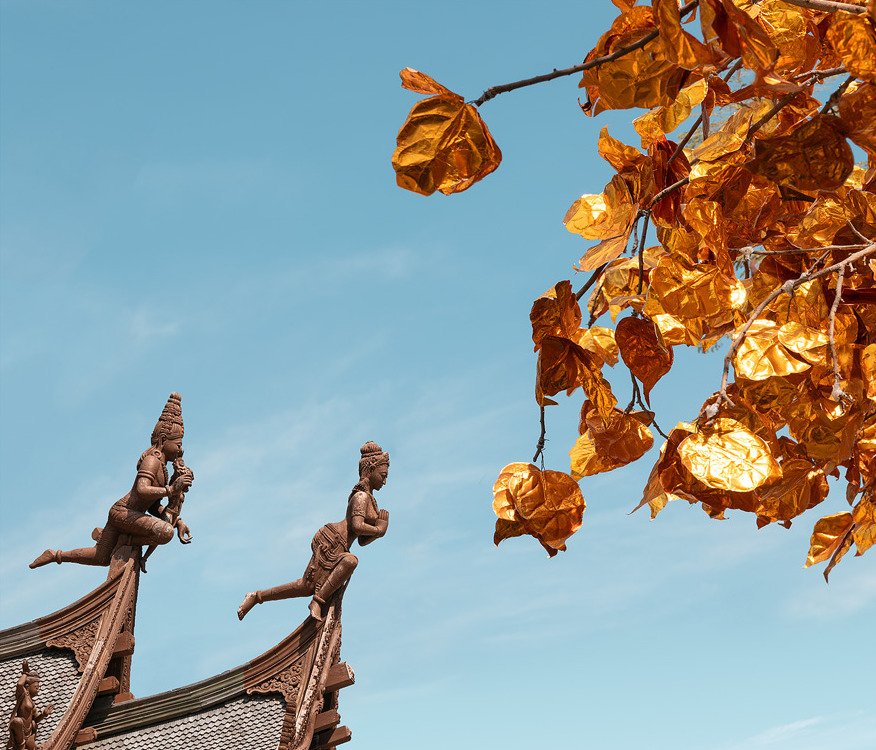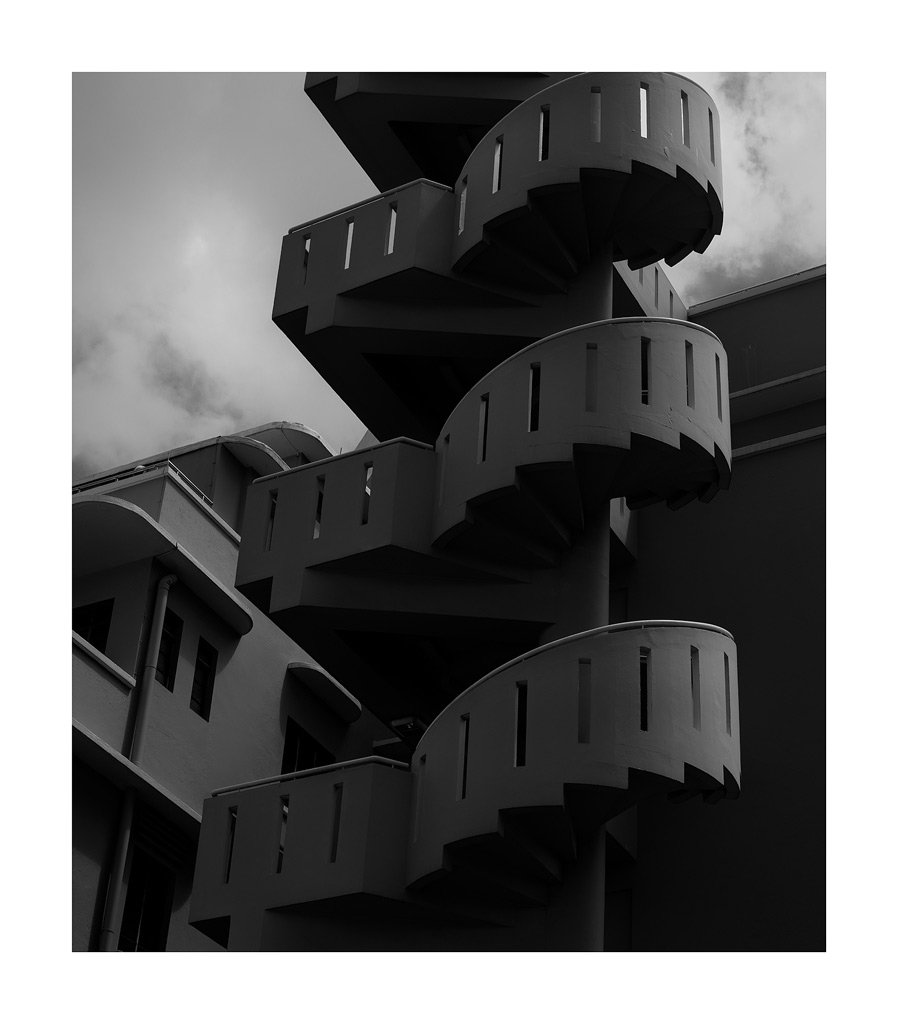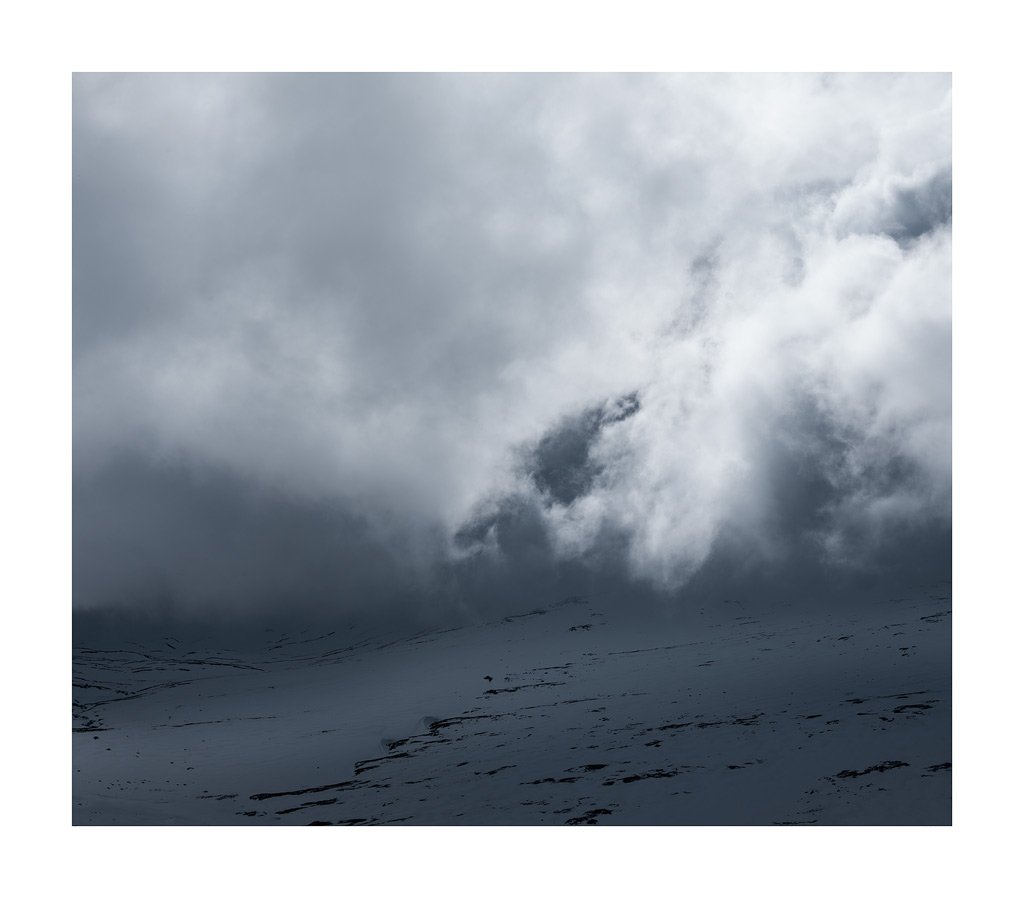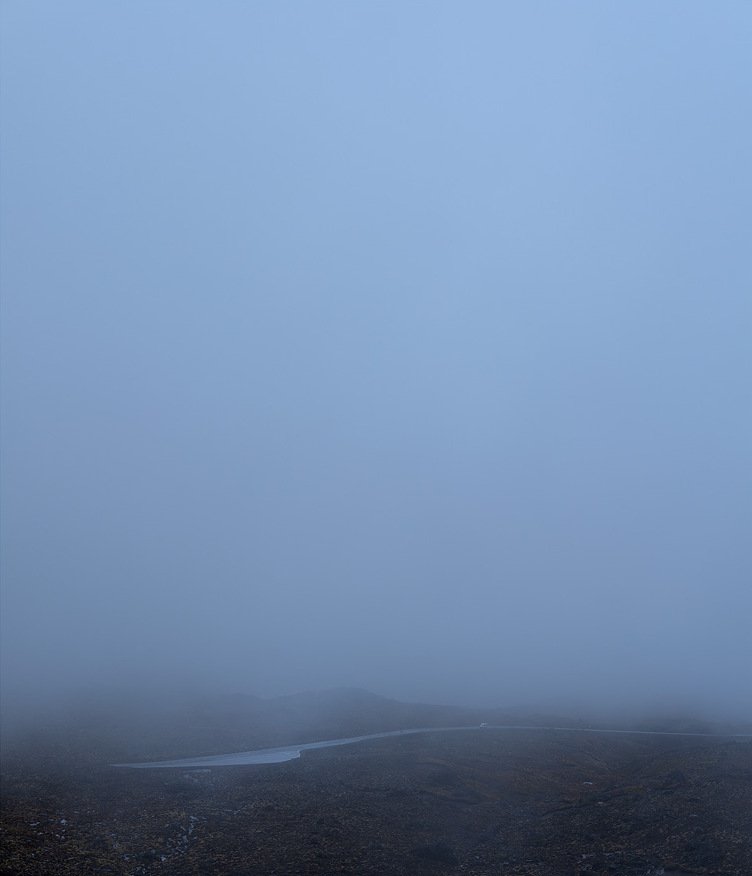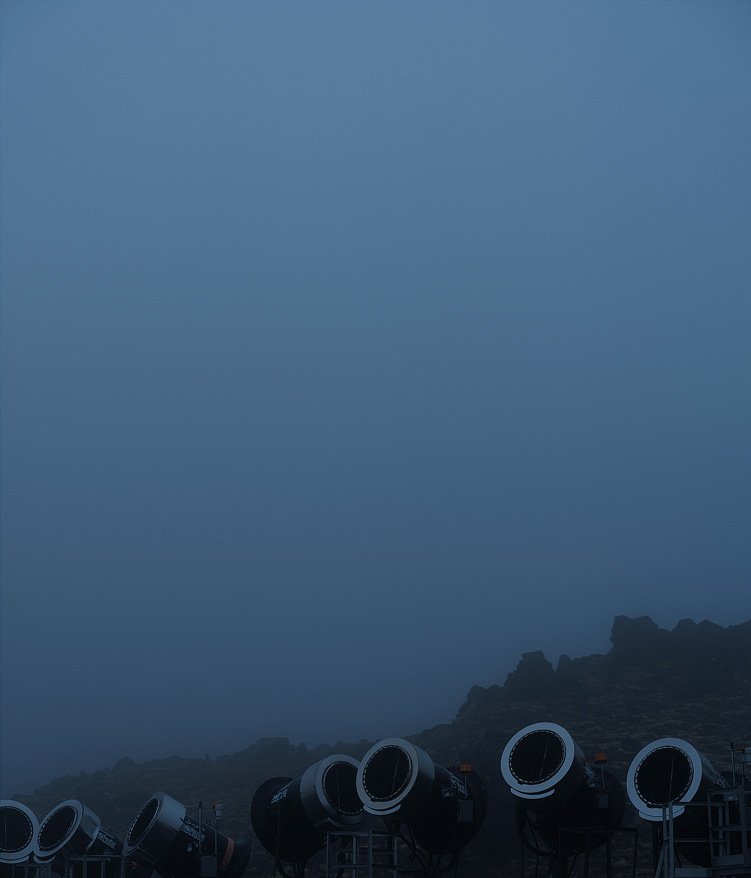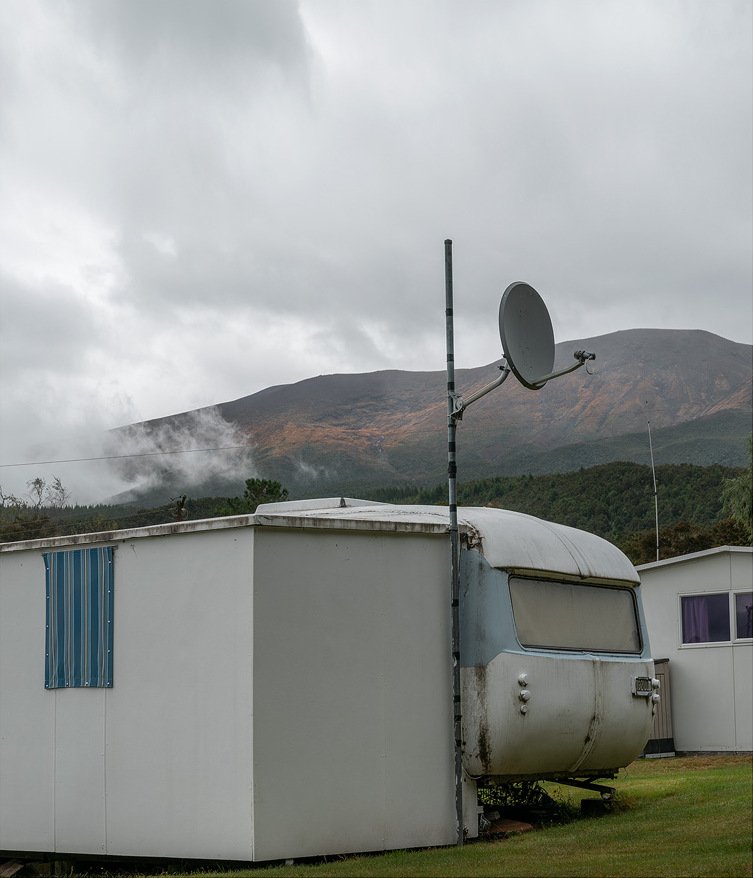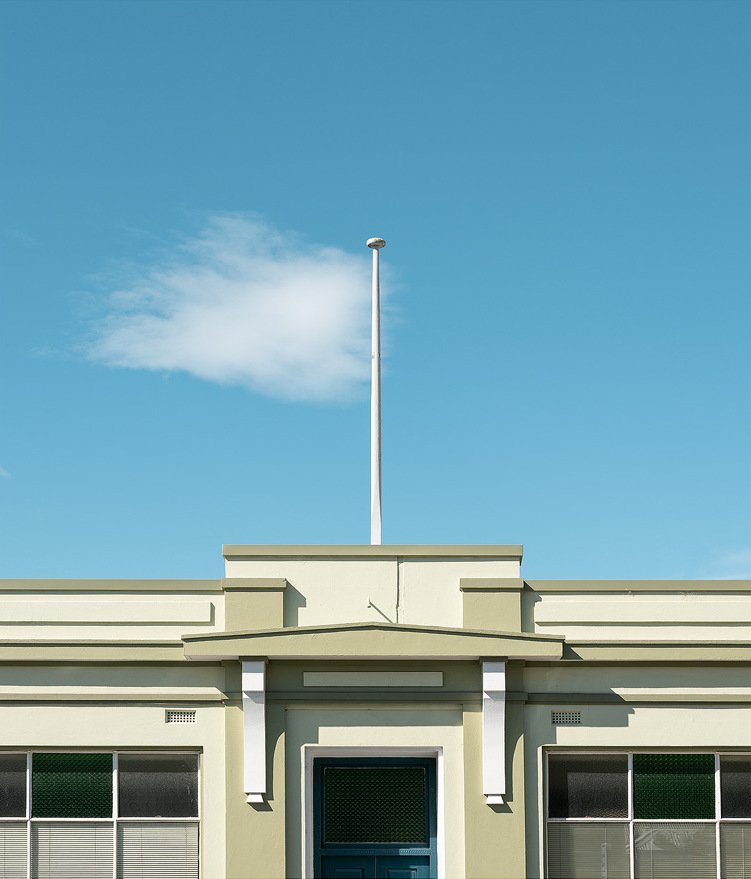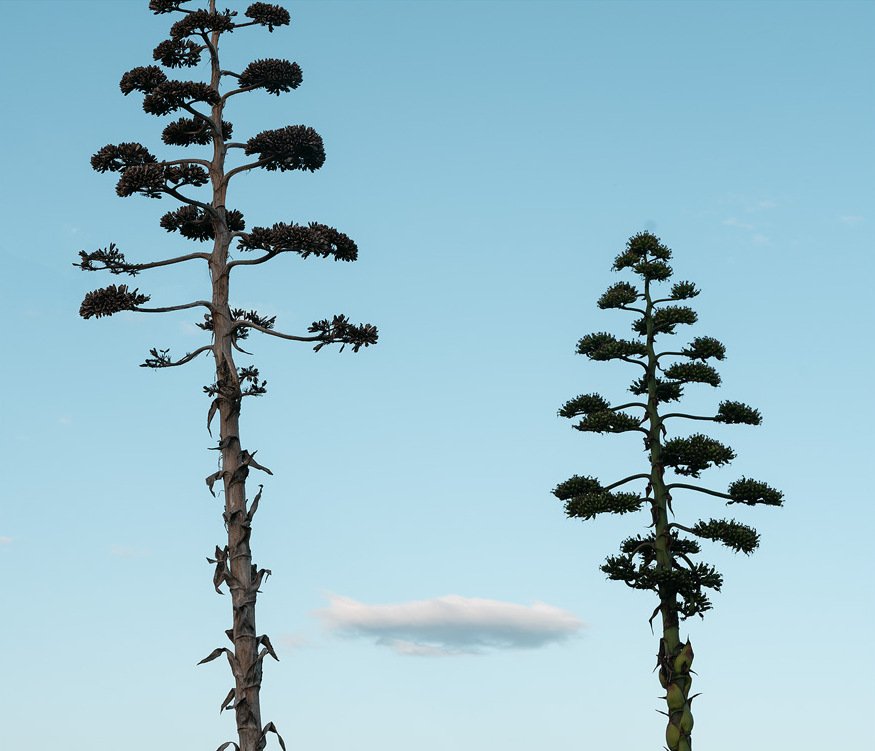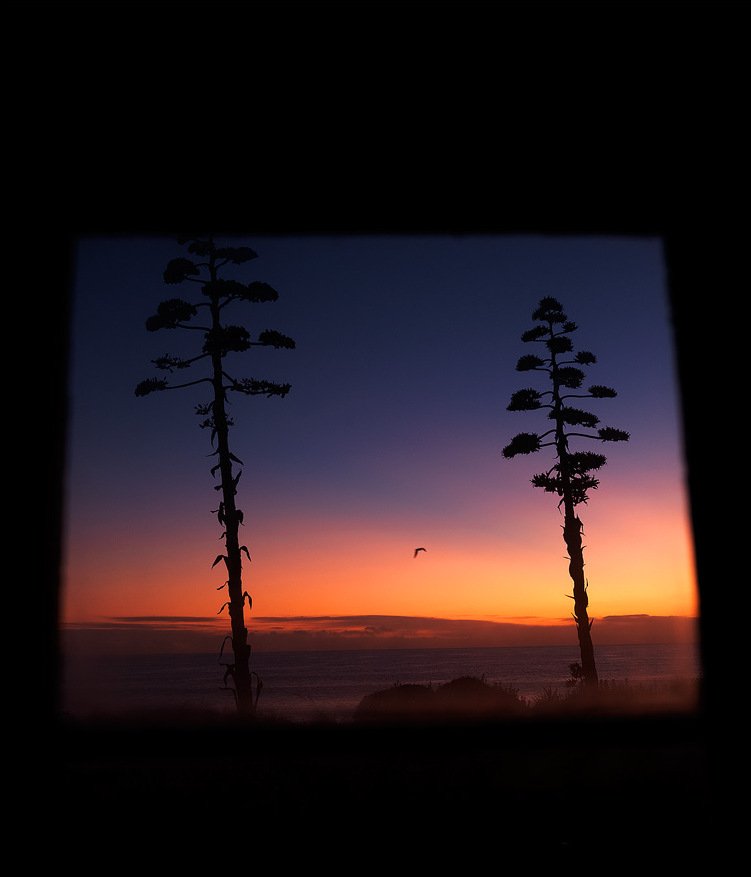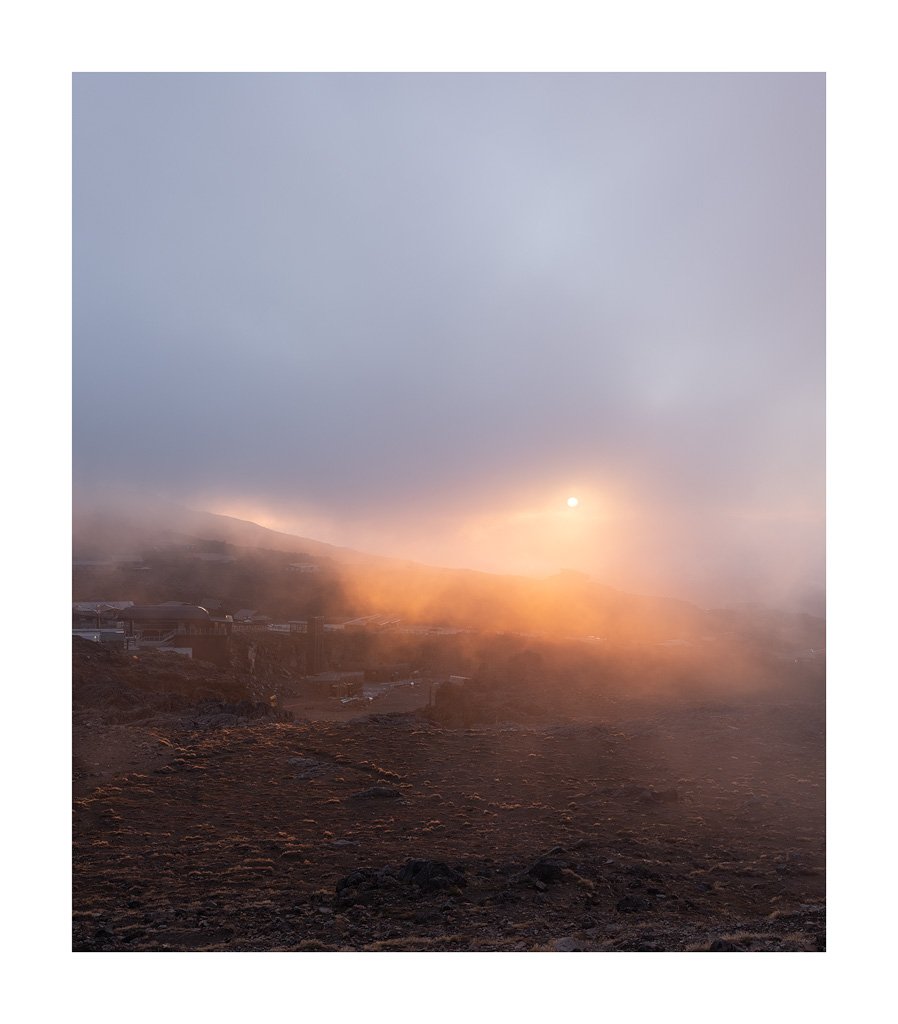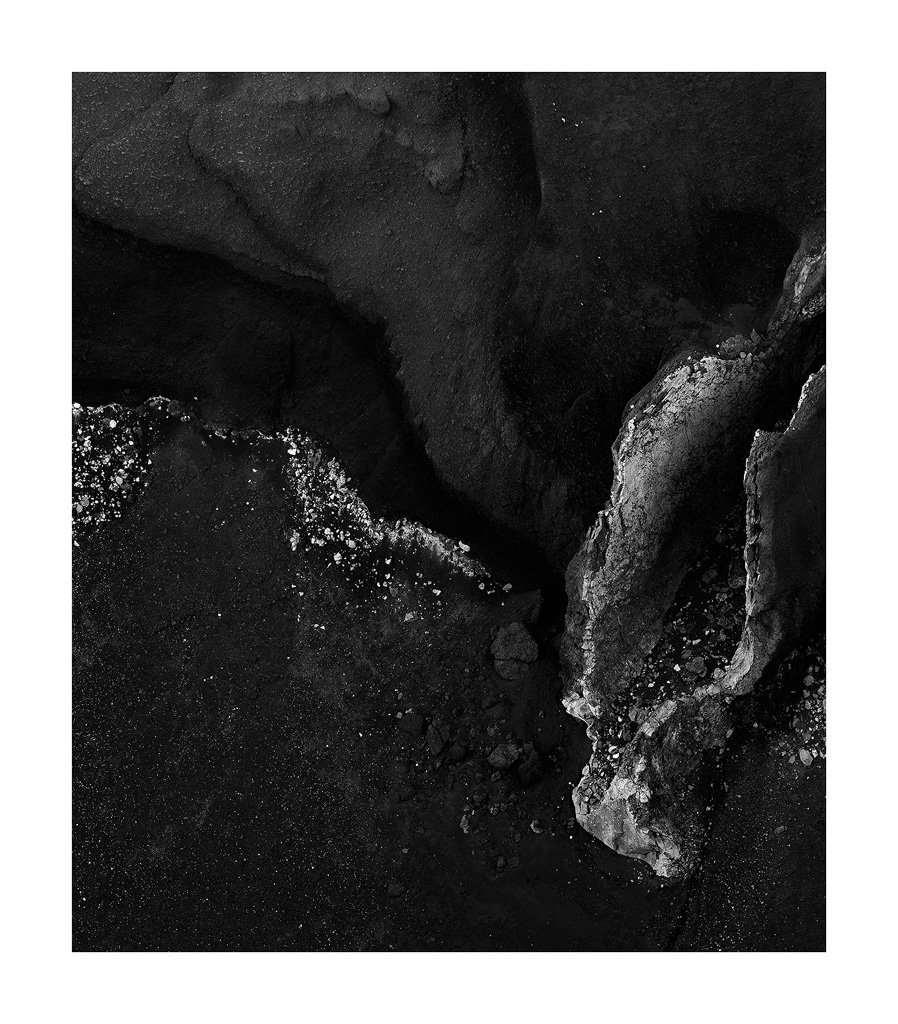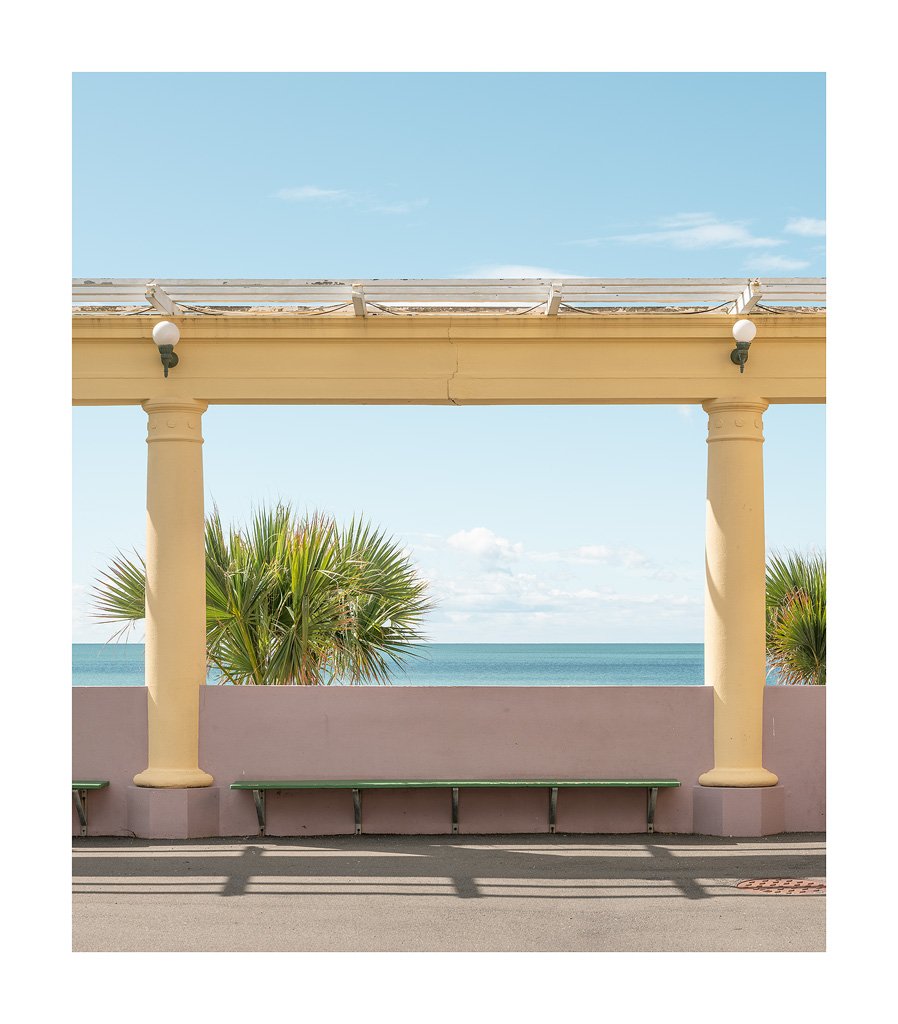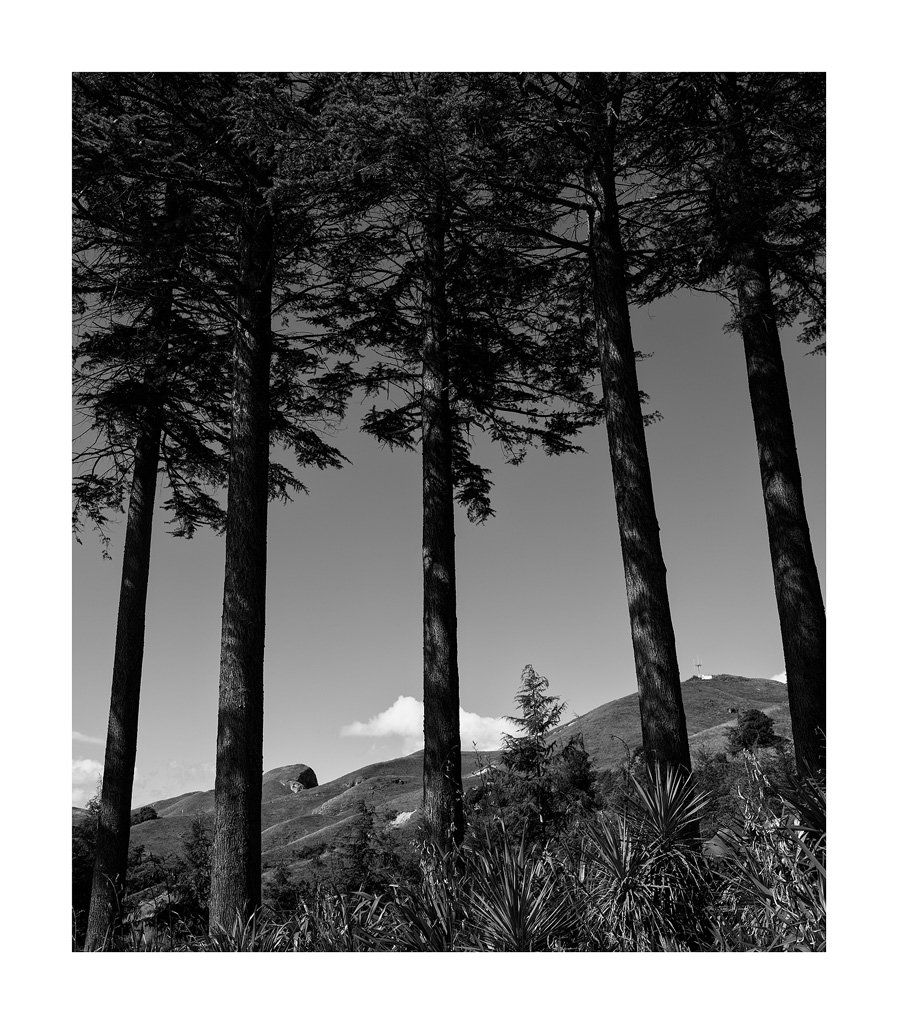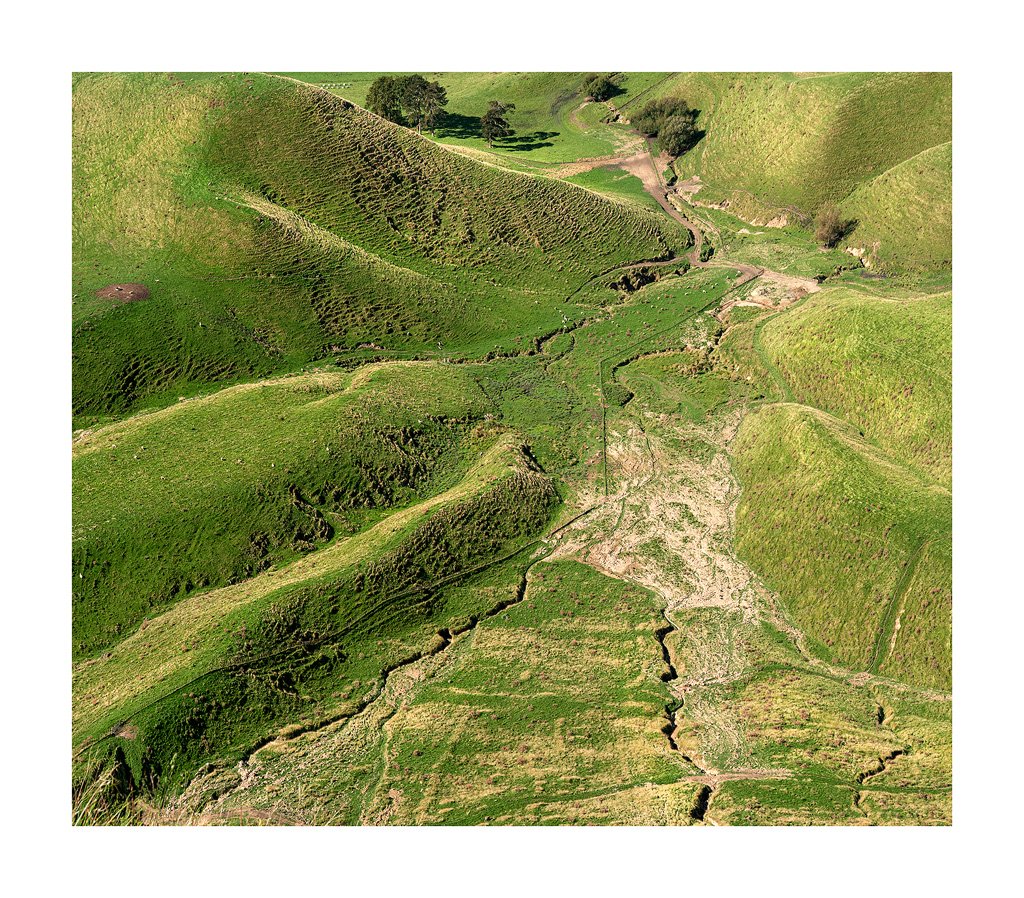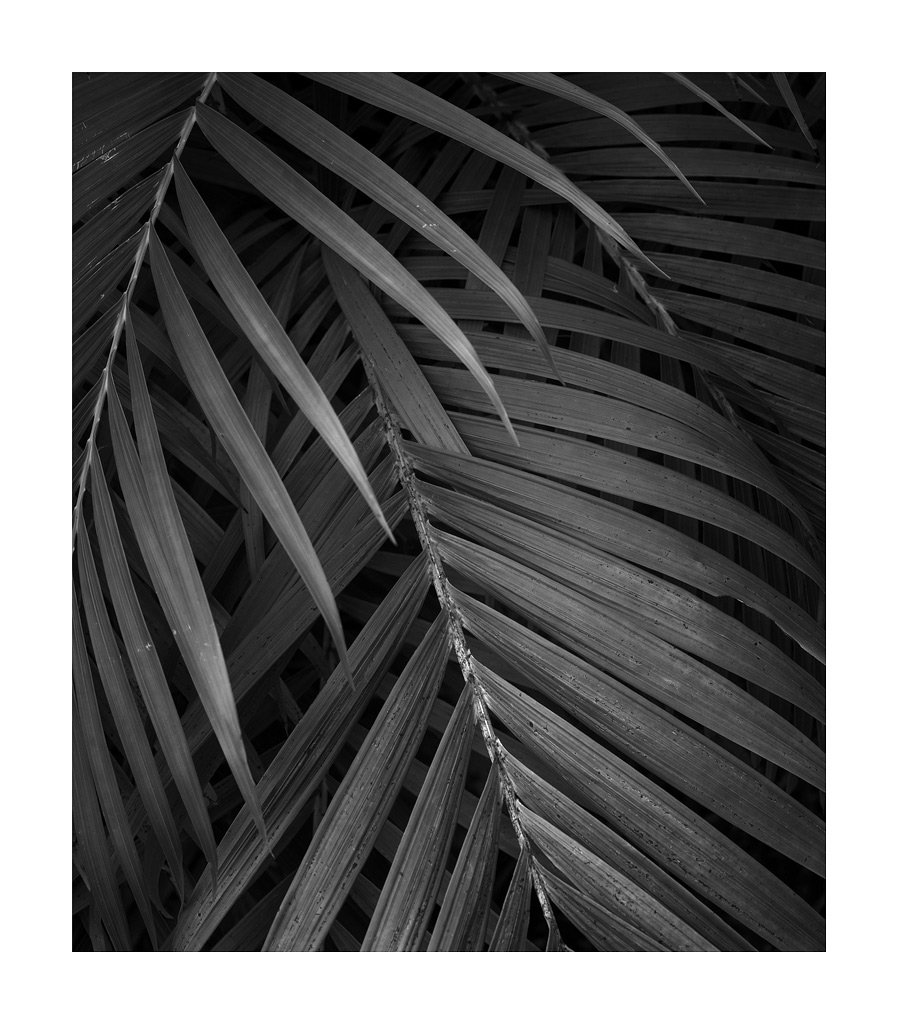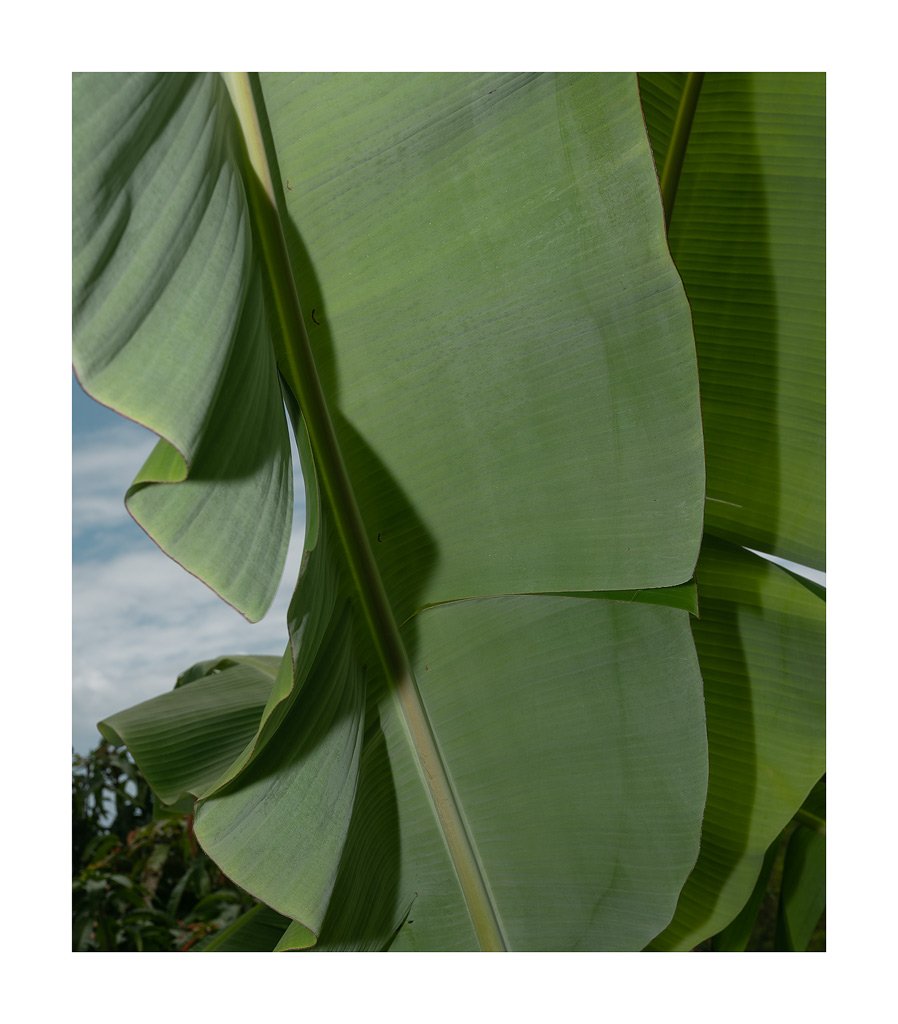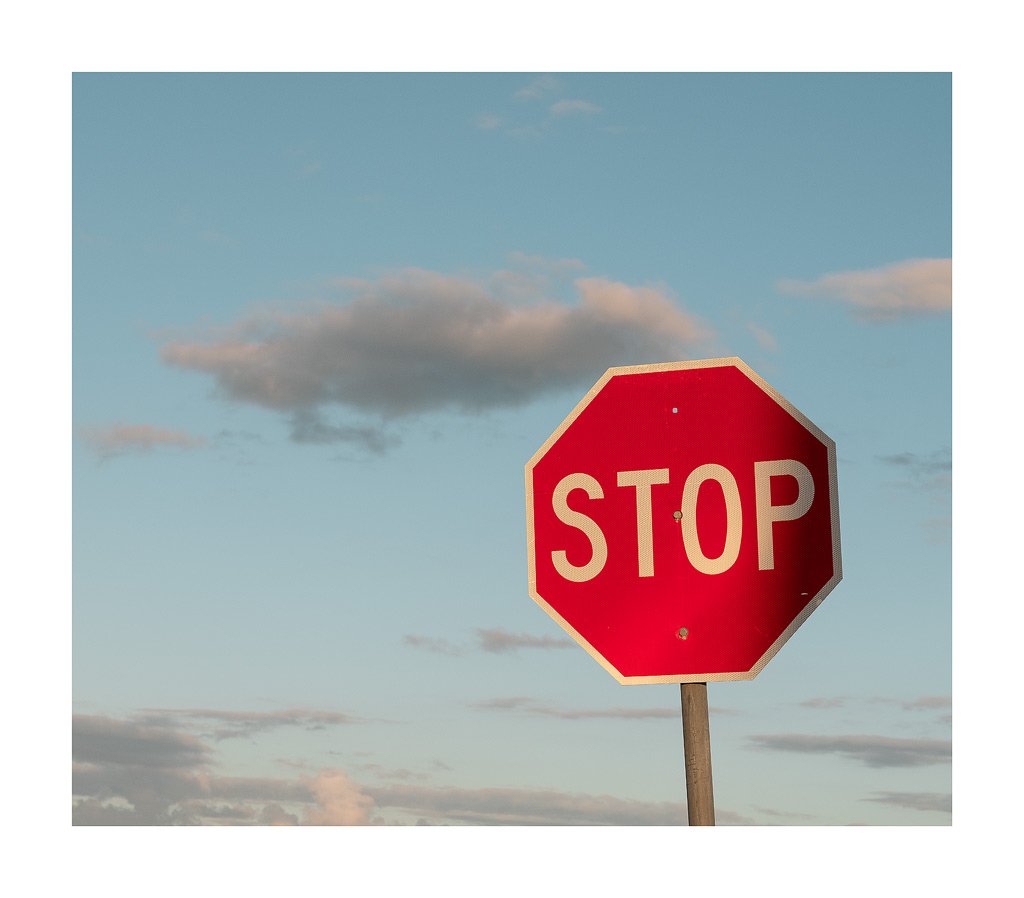It’s been a long time since I travelled overseas so extensively. Perhaps it was almost fifteen years ago when my wife and I did a whirlwind tour of Europe. There was the pandemic messing with things, sure, and trips to New Zealand and Fiji, but nothing substantial. So it was over Xmas the family and in-laws embarked on a four-week tour of south-east Asia.
A image from the Sanctuary of Truth in Pattaya, Thailand. It’s not a temple per se, but a collaborative ongoing work that is incredible to see just in terms of sheer detail, but it was this gold-leaf tree outside that caught my eye.
Coming into this trip, I was not expecting much in the way of photography. Bar a singular exception, all my photography is shoehorned into family vacations. There’s none of this carefully planning locations and returning multiple times for the perfect light and conditions—not with kids. No, what I do these days is more of a photojournalistic take on things where you simply shoot in the moment with whatever light you have. And make no mistake, there are quality photos to be made in every kind of light and of almost any subject matter.
How do you take an original photo of such an iconic location? That became the ongoing challenge of this trip. This was the exterior of one of the famous Singapore ‘domes’ with the Singapore flyer in the background.
So it is when I’m taking photos on trips like this where we are rushing around and fighting crowds in touristy areas, it can be difficult, but I tried my best to make it work and actually came away quite liking some of these images.
We started with a few days in Singapore, which was hot, of course, and humid, of course, but also rather interesting from a visual standpoint with its mix of Asian and western influences. I personally found getting out to Little India and the old quarter more interesting than Orchard Rd, but Santosa Island was nice and I think the city as a whole definitely warrants further exploration in the future.
Above are images of the Former House of Tan Teng Niah in Little India, Singapore, or simply known on Google Maps as ‘Instagram Location’. I loved this building, especially the image on the far left that looks like it was taken against a green screen. My son also managed to get a very stylish haircut nearby.
Following Singapore we had a two-week cruise around Thailand and Vietnam. We were unable to tender in Koh Samui, which was a bit of a letdown, but we did get off in Pattaya to see the very impressive Sanctuary of Truth, the floating market and so on. Next time, I will remember the golden rule that cash is still king in SE Asia.
I really loved Vietnam—the culture, the food, the myriad of colours… Hoi An in particular, which we only had an hour at, mind, was just a photography dream with its yellow buildings and colourful merchandise. Halong Bay was also extraordinary and definitely gave me flashbacks to James Bond’s The Man With Golden Gun, which I watched endlessly as a kid. Cruising around the bay on a junk was perfection.
As many a frustrated phone user will tell you, it’s very, very hard to get good photos on the popular Singapore Night Zoo tour owing to the very low light. I cranked the GFX up to 6400iso and managed this shot, which reminds of a classical painting.
The old quarter in Hoi An was packed with tourists, but I loved the colours and mix of historic and kitschy new, especially all the plastic that seems so prevalent in Vietnam. The image on the far right is a personal favourite.
We finished up the trip with a few days in Honkers (Hong Kong). My wife and I spent some time in Hong Kong for our honeymoon many years ago, and it was interesting seeing how the city has changed. There’s still a lot of older buildings and traditional Hong Kong fare in Kowloon, but there’s also a lot of modernity and change as well.
Usually I take my camera with me everywhere, but I decided on our daytrip to Hong Kong Disneyland to leave it at home and just enjoy the moment with the kids. I’m glad I did. It would have been a nightmare figuring out what to do with the camera bag all day.
While everyone was busy shooting out over at the city at The Peak in Hong Kong, I turned my camera in the opposite direction. I suppose it was also something of a dynamic-range test.
When our ship docked early in the morning at Hong Kong there was this lingering fog and a sole building lit up for NYE. It had a very Bladerunner-like feel to it.
I still love shooting with the Fuji GFX50R and my staple now of the 45-100mm F4. I actually ran a quick test in Camera RAW that determined my most used focal length on the last few trips I’ve done is actually 100mm, which in 35mm terms is around 80mm, so slightly telephoto. I suppose I do tend to zoom in to subjects to eliminate clutter and narrow down a composition, but it was an interesting discovery. In fact, 95% of my shots were at this focal length. The remaining 5% were almost exclusively shot at the other end, wide. I had been hoping this conclusion might have led me to a lighter prime lens in the GF lineup, but alas, there’s nothing light about tele primes, so the zoom will remain.
While I was in Hoi An in Vietnam I actually bumped into a photographer shooting with a Mamiya RB67 on a tripod, also with his family. Hats off to him. He must have an awfully patient wife, but it did get me thinking about pulling out the Mamiya again and giving it another go.
As for the title of this series, we had a tour guide in Vietnam (Phat) who called himself ‘Sticky Rice’. This made it easy for him to collect his group because he simply had to shout ‘Sticky rice!’, ‘Sticky rice!’ and everyone in the group would follow, sticking close, so to speak. He was so enthusiastic, so generous, particularly with my son (who can be a lot ), that If I remember nothing else, I’ll always remember Sticky Rice.
My favoruite image from the trip was taken just after sunrise looking out our Hong Kong hotel window over Kowloon. There was this soft light over the city, but it was hitting the material covering this building beatifully. It was kind of floating and shifting in this light and breeze, and looked so completely peaceful and organic in the otherwise squared and angular constraints of the city I had to take a shot or two. It still amazes me they use bamboo as scaffolding for skyscrapers like this, but sometimes natural really is best.
After all of it, I was thankful to touch down back home in Sydney, Australia. As to where my next photo excursion will be, I have no idea. I think I’m all travelled out for a while, so perhaps something closer to home. I would love to get to Karijini, even Iceland, so let’s see, but in a sense I think I also need some distance from photography for a while.
As always, thank you for reading my drivel. You can check out the full gallery of images here, or scroll down for the images that didn’t make it. There are a few. Cheers.

